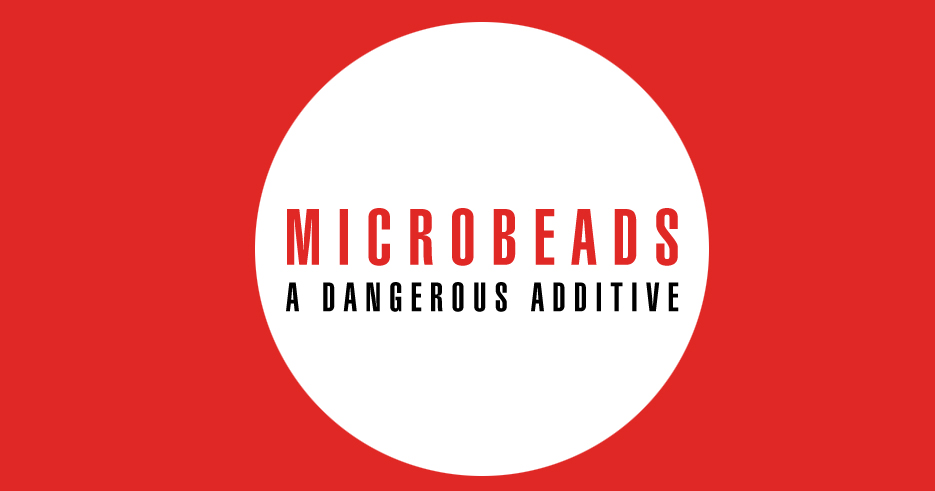Microbeads: A Dangerous Additive

Have you noticed hygiene products being marketed recently featuring “microbeads” for enhanced cleaning, scrubbing or exfoliating power? These microbeads have become a trendy selling point for body washes, exfoliants, and toothpastes over the past year. But, do they work, and at what cost?
When using toothpaste with microbeads, it’s important to ensure that you rinse properly, removing all of the beads after brushing. Additionally, it becomes even more important to floss regularly as these microbeads can become lodged in between teeth. There is no current evidence that microbeads are truly detrimental to oral health, but their effects on the environment are clear and concerning.
Microbeads pose a myriad of environmental threats. Because they are non-biodegradable, once flushed down the drain wastewater treatment facilities cannot remove the beads. Consequently, they flow out into the open sea and other water sources, endangering wildlife. Additionally, these beads are able to pick up toxins such as insecticides or chemicals, further endangering wildlife.
In December 2015 Congress passed a bill that will require microbeads to be phased out by July 2017. Until then, brush safely, for you and the environment.






